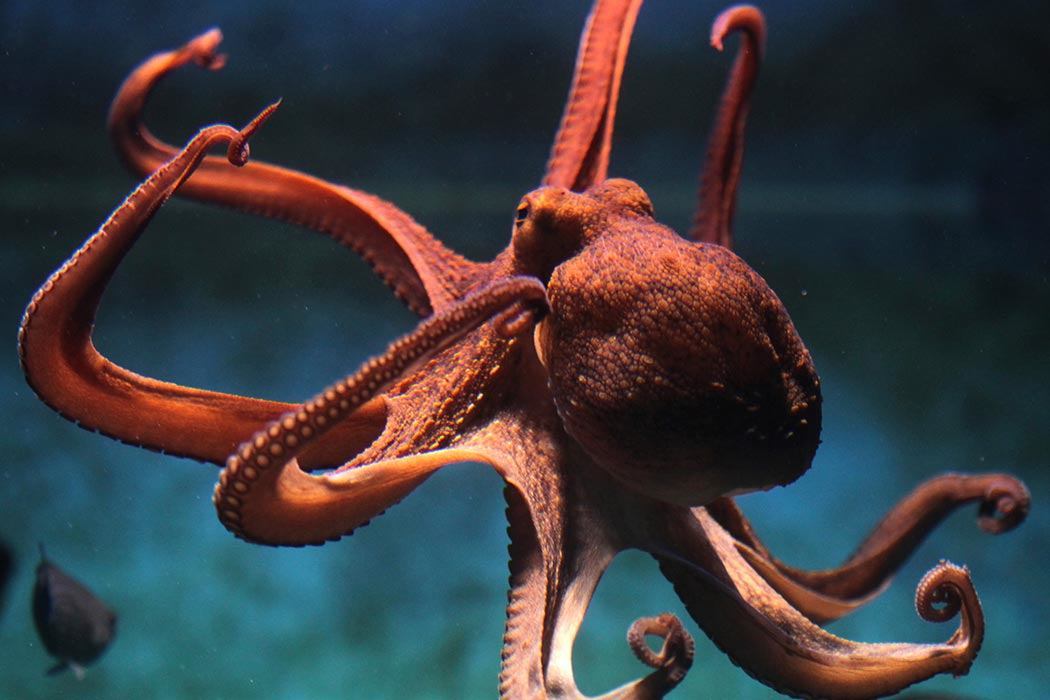Much remains mysterious about the rather graceful, eight-legged, intelligent invertebrates that roam the tropical waters of the world’s oceans. Researchers have long thought that octopuses were introverted and solitary, but a new study seems to suggest otherwise.
After diving in Jervis Bay, Australian diver Matthew Lawrence noticed something unusual and wrote about it on The Octopus Magazine News Online (TONMO). He found it strange that so many octopuses were in one area and appeared to be wrestling with each other. The post attracted the attention of Peter Godfrey-Smith at the University of Sydney in Australia and David Scheel, a marine biologist at Alaska Pacific University in Anchorage. The two of them went back and investigated what was going on.
Godfrey-Smith and Scheel set up a camera on the shallow ocean floors of Jervis Bay and captured more than 52 hours of octopus-footage, which witnessed 186 octopus interactions and more than 500 actions. In the oct-cam reel, these animals spent more than seven hours interacting.
Ordinarily, octopuses change the color of their skin as a defense mechanism, but coloration also seems to be involved in how octopuses will interact with each other. When an octopus with a dark body color approached another dark octopus, the interaction escalated to wrestling. When a dark octopus approached a paler one, the light one was more likely to retreat. If a lighter-colored octopus approached a dark one, the latter more often remained put. Coloration, in this case, seemed to be associated with aggression.
These findings seem to run counter to the idea that octopuses are solitary creatures, and add another layer of how these mysterious animals interact and communicate with each other. Perhaps octopuses can be both shy and bold, depending on how they are adapting to their environment. The researchers think that interactions among octopuses could be more common in areas where food is plentiful and hiding places scarce.
See for yourself:







